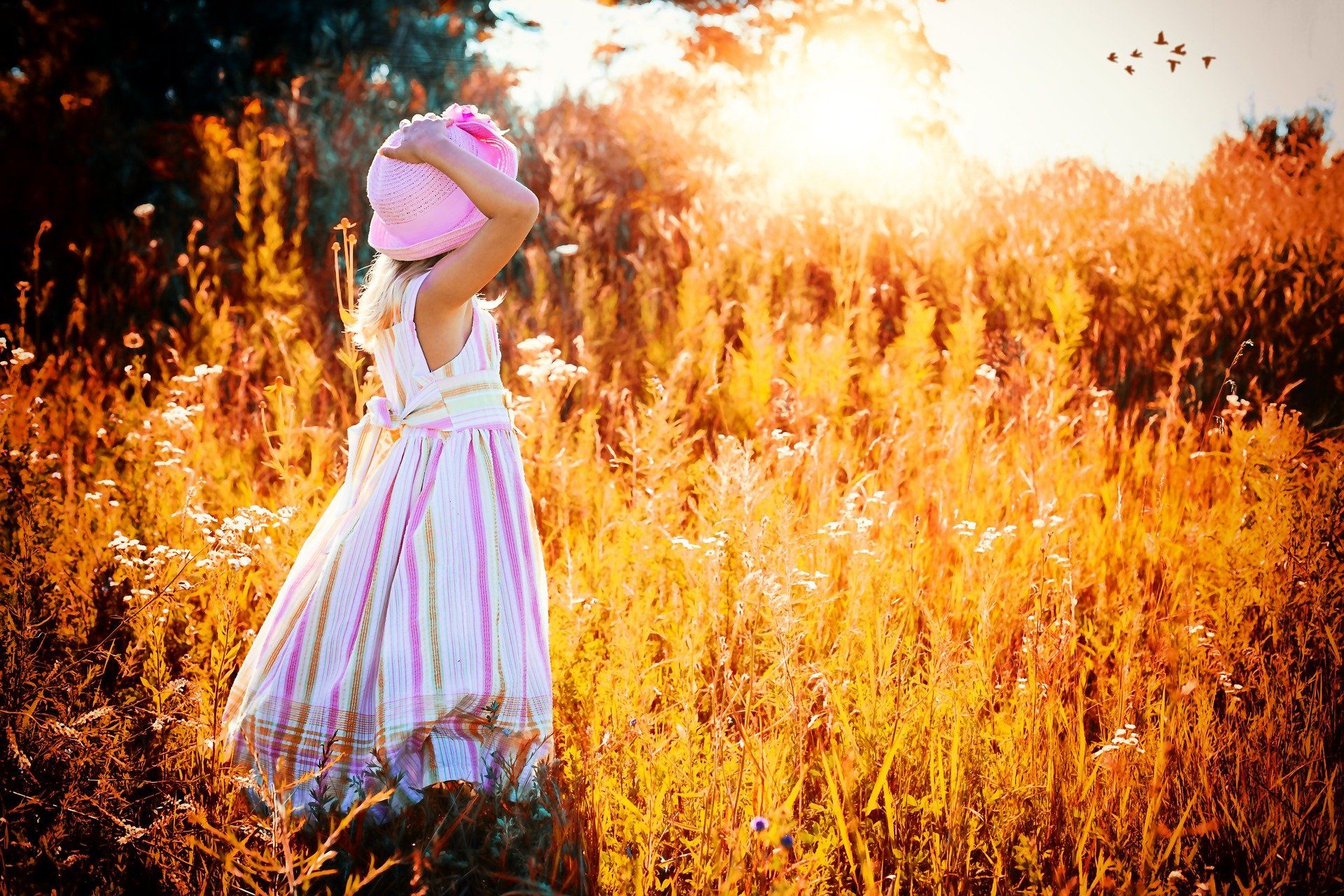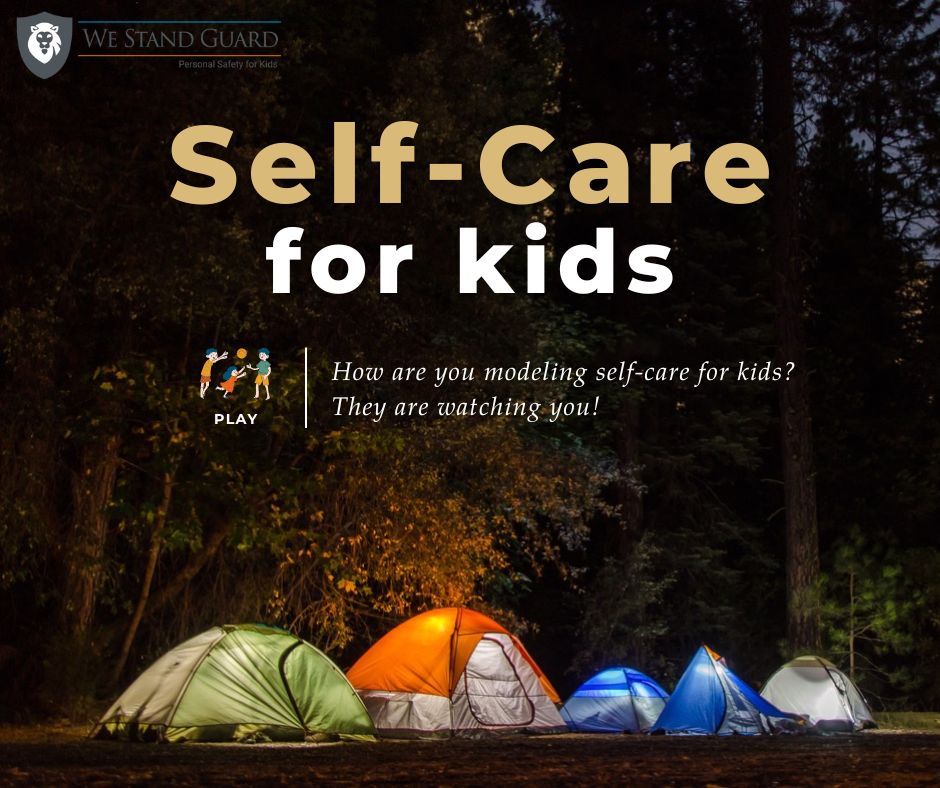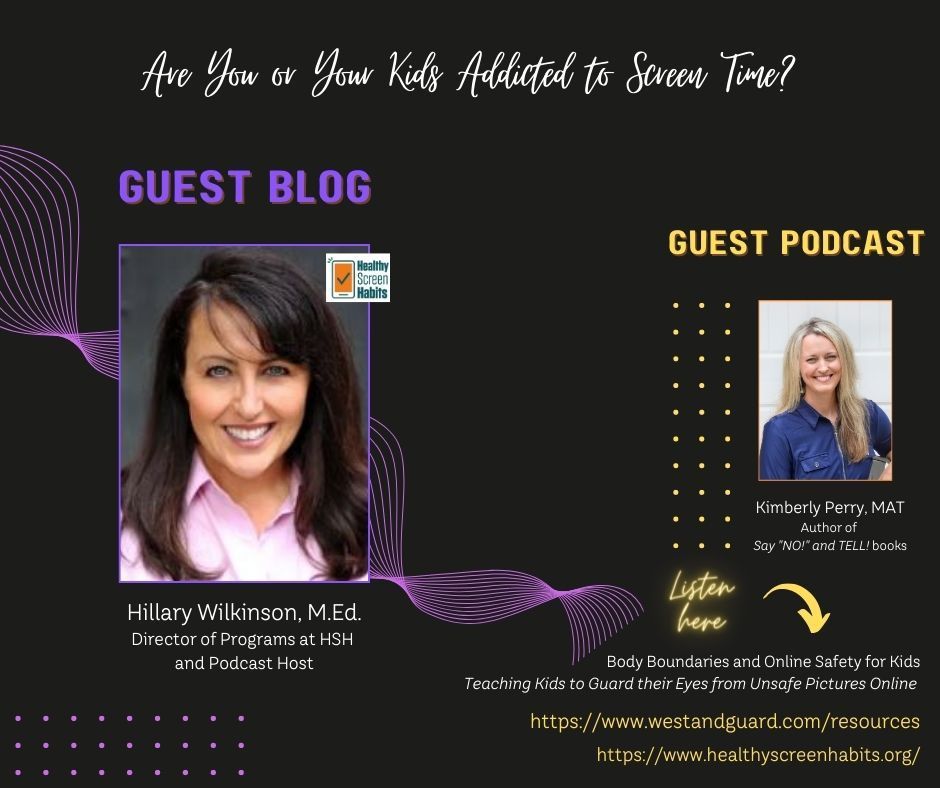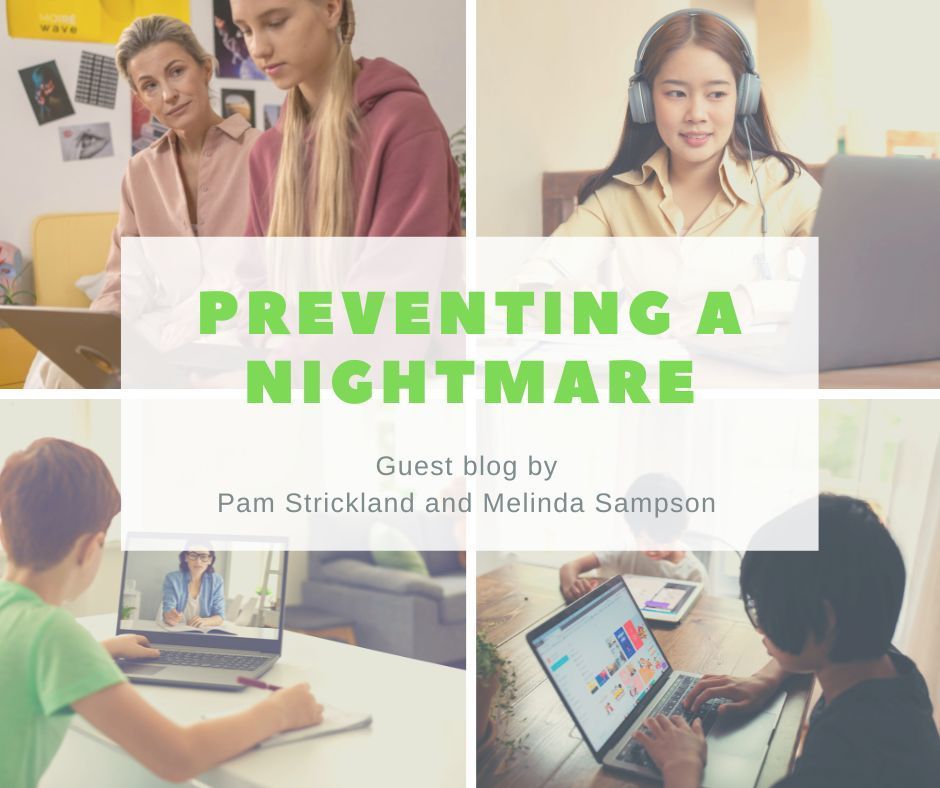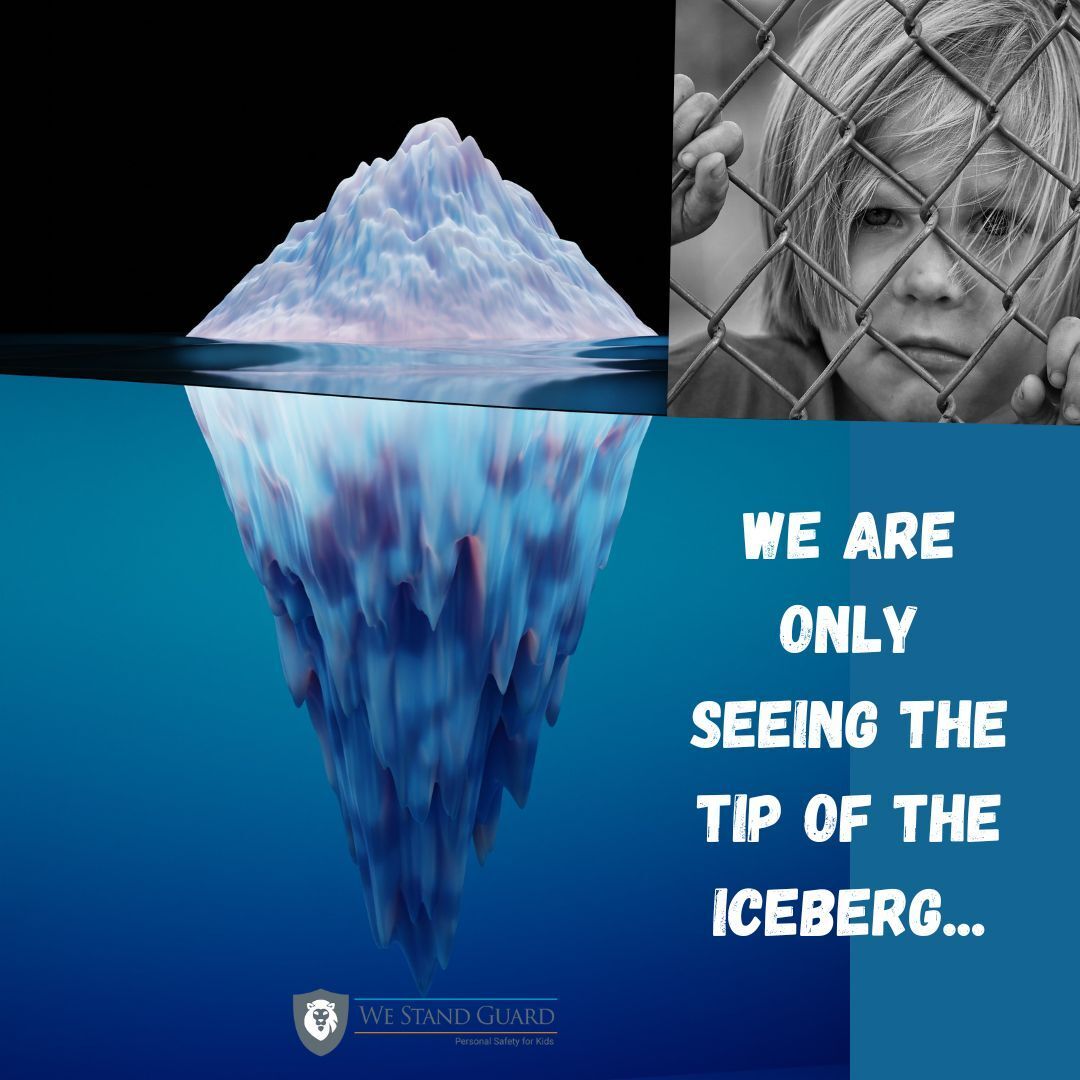
How does body safety and choosing healthy foods with kids connect? Well, we can practice decision-making, wellness, self-care affirmative feedback and positive body image as it relates to food to name a few, which can lay the foundation for teaching body safety. Because, when we consider our personal nutrition and relationship with food, we connect to our bodies. Supporting children in growing healthy self- images with nutrition, as an example, teaches them self-care - they learn their hearts, minds and bodies are worth it!
Plus, I like to strengthen the WeStandGuard.com content with a variety of other supportive topics beyond body safety, yet so closely related such as self-care.
Check out guest blog by Anya Willis @ Fitkids.info
Nurture Your Children Toward Healthier Choices
Navigating the myriad of lifestyle choices in today's world can be overwhelming, particularly for children. Thus, it's crucial for parents to step in and guide their youngsters toward making healthier decisions. While it’s not always easy, there are several things you can do to make the process fun for your little ones. This article offers a comprehensive set of advice and resources that can assist parents in instilling healthy habits in their children. Let's get started.
Involving Kids in Decision-Making
Involving children in meal planning and grocery shopping can greatly enhance their interest in healthier eating. Giving them a voice in food choices fosters a sense of ownership and encourages them to be open to nutritional options. One effective method is to collaboratively create a shopping list, or you might allow them to help you cook dinner. Another strategy is to allow them to pick out a new fruit or vegetable each week as a way to diversify their palate. These practices not only make children more receptive to healthy foods but also provide valuable learning experiences.
Mealtime offers a prime opportunity to enrich a child's diet with nutritious ingredients. Innovative approaches, like blending vegetables into smoothies or adding them to homemade muffins, can make the transition to healthy eating more enjoyable. The goal is to seamlessly weave nutrition into familiar foods , making it less of a chore for children to eat healthily. This creative incorporation aids in acclimating children to better eating practices without compromising on taste.
Encourage Regular Physical Exercise
Physical activity is vital for a child’s overall well-being. Family walks can be a fun and practical way to instill the habit of regular exercise. Moreover, if your neighborhood isn't pedestrian-friendly, look for an area with a high Walk Score of 70 or above to get your daily steps in. Such areas are generally safer and more conducive to walking, making it easier for your family to maintain an active lifestyle.
Media exposure can strongly influence children's views on body image, frequently presenting unattainable standards. Initiating conversations with your children about these media portrayals can help debunk myths about ideal body types. The emphasis should shift from chasing unrealistic images to adopting a balanced, healthy lifestyle. This approach aids in cultivating a positive body image and a healthier self-perception in children.
Each child has distinct interests that can significantly impact their well-being when explored. Identifying an activity that aligns with your child's passions can imbue them with a sense of purpose. Participation in extracurricular activities, whether it's art, sports, or technology , can enhance their social skills and offer alternative avenues for physical or mental engagement. This focused involvement can be instrumental in promoting a balanced, fulfilling lifestyle for your child.
Positive feedback is crucial for children, as it often serves as motivation to continue making good choices. When coming from trusted adults, this affirmation can be especially impactful. Commending your child for making healthy choices, such as choosing fruit over candy or practicing a new skill, encourages better decision-making. This cycle of affirmation and improved behavior reinforces the importance of positive reinforcement in a child's development.
Guiding children to make healthier choices is a long-term commitment that demands both patience and resourcefulness. However, by utilizing the practical tips and methods outlined above, you’re well on your way to setting them up for a future of wellbeing. Foster their interest in nutrition, encourage physical activities, engage them in dialogues about body image, help them find activities they love, and use affirmation as a powerful motivational tool. This balanced approach will enable you to lead your children down the path to a fulfilling, healthy life.
Have a question for the team at We Stand Guard ? Reach out today.
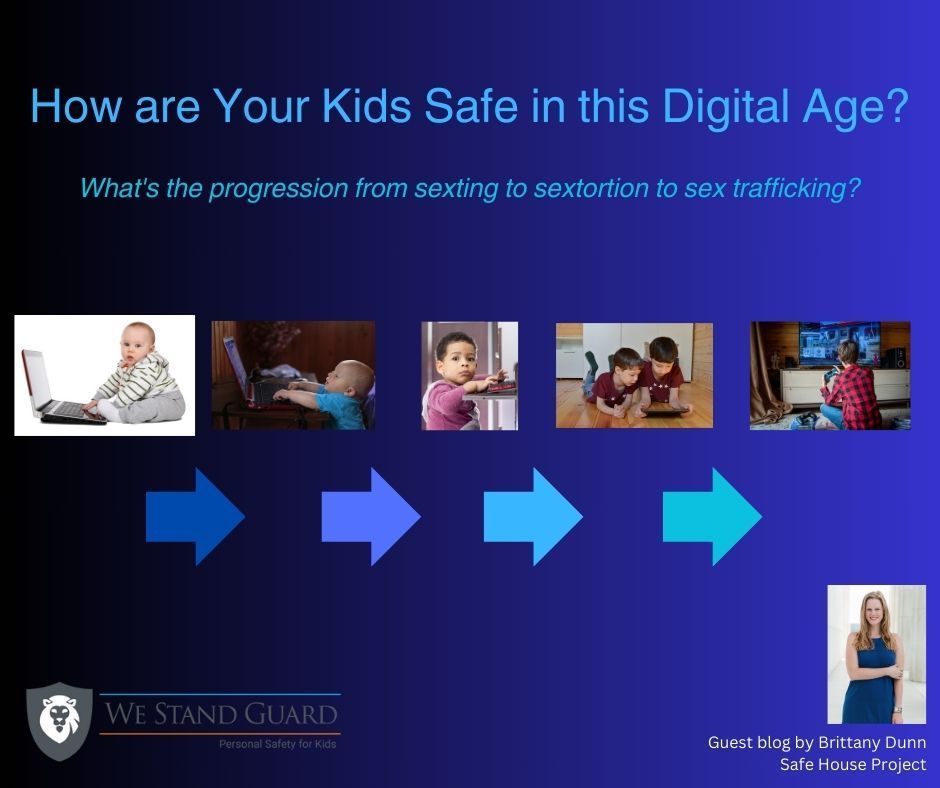
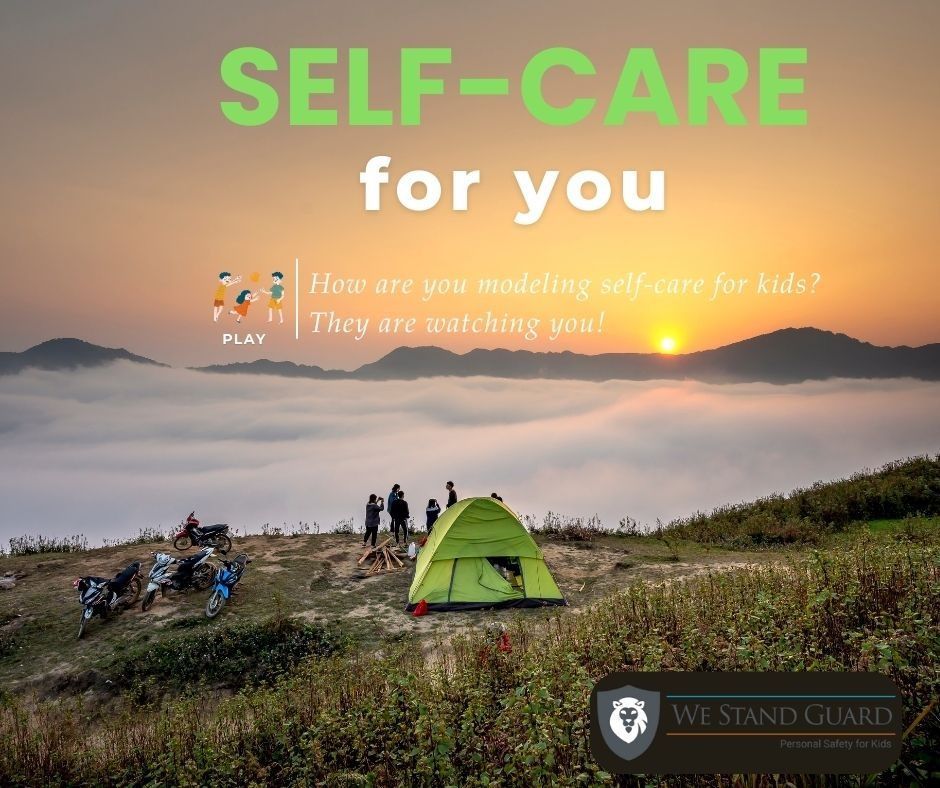
What challenges or gaps are you facing as the kids are growing up, which brings change as they transition from childhood to tweeners and teenagers.
In addition to last month's blog on A Look at Self-Care Activities for Kids
, here is an interesting look at your own self-care, especially during transitions with kids growing up. In fact, I visited my triplet nephews this past Labor Day weekend and my brother and I were cracking up since their PJ bottoms were like crop pants - they have grown taller as they begin middle school! Surprise!!!
As a follow up to last month, check out Anya Willis' Part 2 guest blog on self-care (see more at https://fitkids.info/
).
Life
is a roller coaster of changes, from new jobs and relationships to relocations
and even crises. As disorienting as
these major life transitions can be, they also offer a unique opportunity to
reboot your habits and improve your overall well-being. Today, we will provide you with strategies
to embrace these transformations and convert life's challenges into stepping
stones for a better you,
It's natural for stress levels to peak during transitions. However, these moments provide a chance to develop effective stress-management strategies. Start with acknowledging the stressors. Once you identify them, use mindfulness exercises, such as deep breathing or meditation, to mitigate their impact. Incorporating physical activity can also make a significant difference. Exercise releases endorphins, which naturally reduces stress. So, the next time you find yourself overwhelmed, remember to take a step back and focus on your well-being.
Returning to school is one of the best ways to revitalize your life and open doors in terms of a future career. There are plenty of options out there, as well. For instance, if you’ve ever thought about pursuing an online bachelor's degree in nursing , now is the time. Online nurses are in high demand, and if you’re open to the flexibility that comes with internet-based learning platforms, you can work toward your degree on your own schedule, from the comfort of your own home.
Major life transitions can also offer the ideal moment to venture into entrepreneurship. Begin with research. Understand your target market, potential challenges, and financial requirements. Once you have a comprehensive plan, move to the execution phase. When it comes to establishing a brand identity , create a memorable image using free online logo makers. These platforms offer an array of customizable designs to give your business a professional edge, and a well-designed logo can do wonders for brand recognition.
Adjusting to a new chapter in life often requires a revamped routine. Consistency is the cornerstone of habit formation , and the best way to ensure this is by designing a daily routine that aligns with your newfound goals. This can be anything from a workout schedule to set times for personal and professional growth. Not only does this help in maintaining a balanced life, but it also solidifies the positive changes you aim to make.
Legal and Financial Control through an LLC
If you opt for the entrepreneurial route, forming an LLC ( limited liability company ) is crucial. This legal structure provides personal liability protection and offers several tax benefits. It signifies a critical step towards becoming your own boss, putting you in control of your business and, by extension, your destiny. Consider consulting professionals to help you navigate the complexities of forming an LLC.
For many, caffeine is a daily necessity. However, it's easy to go overboard, especially during stressful periods. If you must drink caffeine, take the time to learn more about the different coffee drinks available. Whether it's opting for a lighter roast or mixing in decaf, these choices can help you maintain energy levels without sacrificing sleep quality.
Relationships play a crucial role during transitional phases. This is an ideal time to assess your social circle and make necessary adjustments. If certain relationships are toxic, it’s time to distance yourself. Surrounding yourself with positive, supportive individuals can significantly boost your emotional and psychological well-being.
Transitions often have financial implications. Use this time to review your credit report and take steps to fix any inconsistencies or debts. By managing your finances effectively, you lessen stress and lay the foundation for a stable future.
Goals with a Purpose: Mapping Your Journey
Setting clearly defined goals that resonate with your core values is fundamental. They act as a roadmap, guiding you through challenges and keeping you centered. A detailed, step-by-step plan can greatly assist in achieving these goals, and the focus it brings can be an invaluable asset.
The experience of undergoing a significant life transition can be exhilarating, daunting, and enriching all at once. Embracing these transitional phases with purposeful strategies can redefine challenges as opportunities for personal and professional growth. By applying the practices highlighted in this article, you're poised to emerge stronger, more empowered, and ready to seize future opportunities with aplomb.
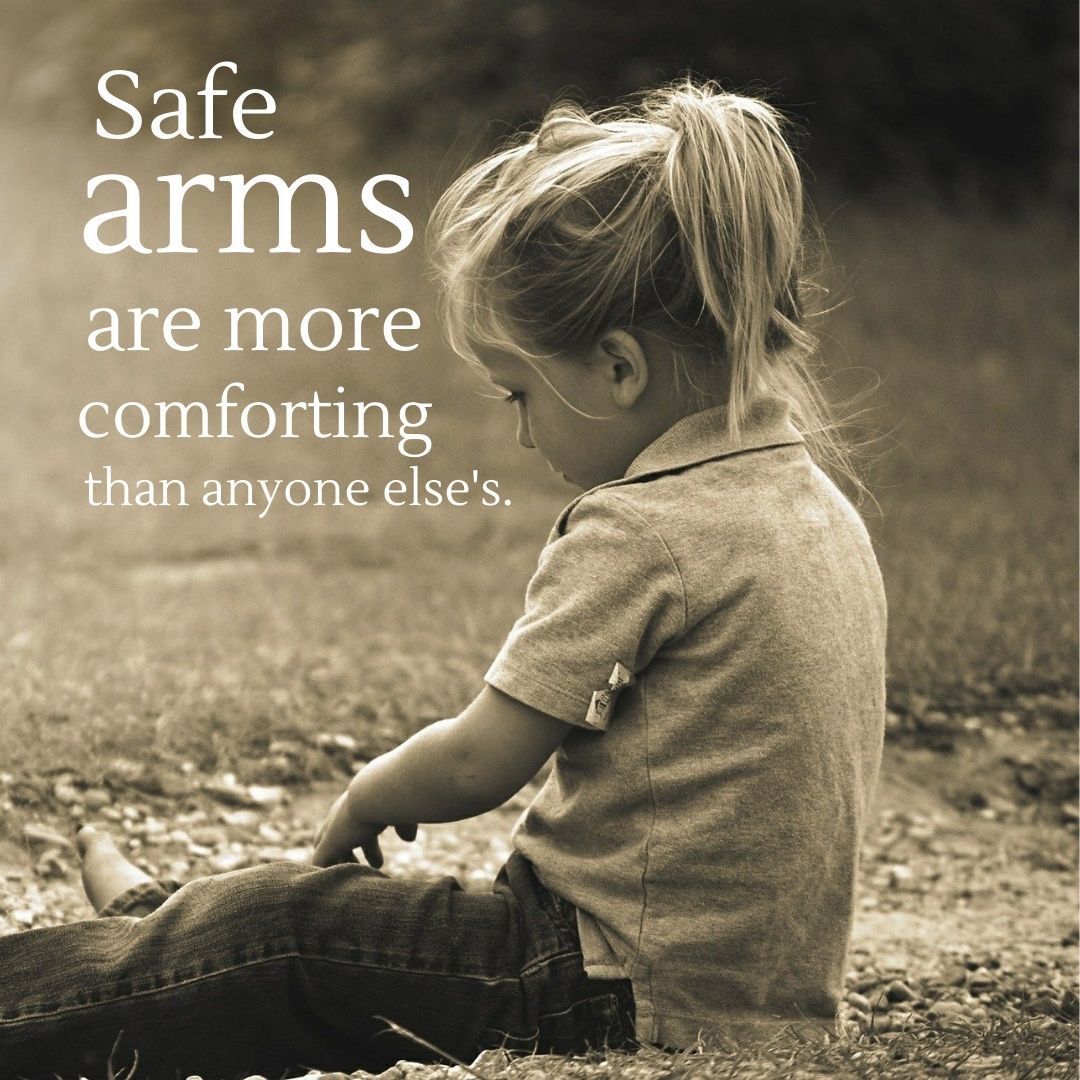
However, there is no such thing as “child pornography” which seems to imply consent - children/minors cannot give consent! Images with any visual depiction of sexually explicit conduct involving a minor (a person less than 18 years old) is specifically called child sexual abuse material or CSAM according to experts in the field.
Nevertheless, pornography of any aged person is sexual exploitation for allsince very often, the acts are real abuse of the women (including children, teens and men) and other “performers” because the industry preys on the vulnerable and eviscerates human dignity.It's a predatory industry since they know pornography can be like a drug with an addictive nature (feels like you cannot stop even if you want to), which changes and harms the brain for buyers and consumers.
Did you know that 27% of older millennials say they started viewing porn before puberty ( Josh McDowell, The Porn Phenomenon )? In fact, exposing or showing pornography to a child/minor is an example of non-physical contact child sexual abuse, in which abusers may use for grooming kids and teens to normalize abuse. It is not a matter of if but when a child will most likely see pornography and be traumatized (some say average age is 8 yrs). Also, pornographic images of vulnerable men, women, teens and children through coercion or exchange of sexual acts for goods and services is known as sex trafficking.
Furthermore, according to The National Center on Missing and Exploited Children (NCMEC) , the CyberTipline has received over 82 million reports, reviewed over 322 million images/videos and identified over 19,000 victims of CSAM - how can this be?! NCMEC says:
"United States federal law defines child pornography as any visual depiction of sexually explicit conduct involving a minor (a person less than 18 years old). Outside of the legal system, NCMEC chooses to refer to these images as Child Sexual Abuse Material (CSAM) to most accurately reflect what is depicted – the sexual abuse and exploitation of children. Not only do these images and videos document victims’ exploitation and abuse, but when these files are shared across the internet, child victims suffer re-victimization each time the image of their sexual abuse is viewed."
How is it usually detected?
The usual way to detect CSAM is when cloud services like Google Photos scan uploaded photos and compare them against a database of known CSAM images. This database is provided by NCMEC and similar organizations around the world. The actual matching process uses what’s known as a hash, or digital fingerprint. This is derived from key elements of the image, and is deliberately fuzzy so that it will continue to work when images are resized, cropped, or otherwise processed. So, with this process in place, why is CSAM still happening all over the Internet?
What else are tech companies doing to stop this atrocity on line?
What can we do to dismantle this multi-billion dollar global industry? An article published by business news site, Quartz, tends to agree. The article places the industry’s value at anywhere between $6 billion and $97 billion, with the more realistic estimates ranging from $6 billion to $15 billion (Fight the New Drug blog).
Who are the buyers and consumers of CSAM?
How can you be a voice to free an enslaved child?

